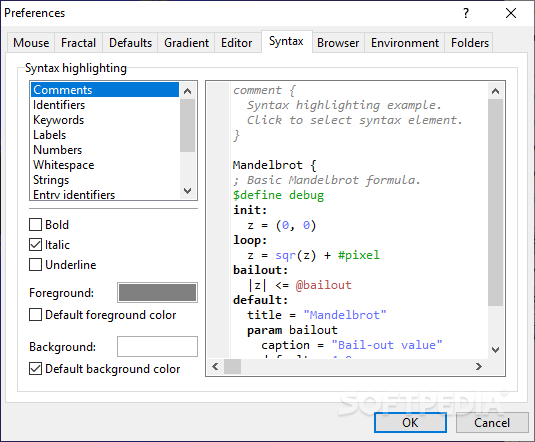

Oh golly, that’s complicated, isn’t it? Well, we applaud Fractal Design for being up front about all of this, because frankly, most of its competitors’ offerings suffer from similar limitations, but no mention is made of these issues on their spec sheets. But then come the warnings, right off the spec sheet: motherboards with SATA ports that are angled 90 degrees may conflict with installation in the case, your 170mm ATX PSUs must be non modular (while modular units must be under 160mm), and graphics cards longer than 170 mm will not fit with PSUs that exceed 170 mm. Fractal Design lists the following possibilities: three 3.5″ hard drive positions, three 2.5″ drive positions, one 5.25″ external bay, and room for coolers up to 170mm tall and ATX power supplies 170mm long. The Core 500 can fit plenty of gear, though as always the devil’s in the details. We also liked its well-written manual, although as we’ll discuss on the next page, we think Fractal Design actually gets the assembly steps out of order, leading to an impossible build scenario, a rare mis-step given the fantastic attention to detail elsewhere. A smooth matte black paint job, clean interior edges, and a well-organized assortment of parts makes it clear that this case belongs to the Fractal Design family. No other case features quite this layout, and it really is ideal.Īnd while the Core 500 is quite moderately priced, Fractal Design didn’t make it feel cheap. A recipe for overheating, right? Well, you might think so, but the Core 500 is actually a much better performer due to its wide-open interior, aided by a fully-vented top panel and a big 140mm exhaust fan. While most cases in this category feature a front-mounted intake fan, which requires that the power supply be stuffed above the CPU, Fractal Design took a bold step in the right direction by skipping the front intake fan all together. A few drive bays in the front, accompanied by a hollowed-out interior for the rest of the components. But it’s the specific layout Fractal Design chose that makes it so special. The Core 500 measures 9.8″ wide, 8.4″ tall, and 15.0″ deep (or 250mm x 213mm x 380mm). Its basic design isn’t all that different from many cases that have come before it. And while it’s slightly larger than all three of those competitors, for most users, the Core 500 is a far better case overall, for reasons we’ll detail in this review. That puts it right in the middle of some tough “shoebox” competition from the likes of Cooler Master (with its Elite 130) and SilverStone (with its SG13 and SG08). The very first thing to know about the Core 500 is that it’s quite inexpensive, with an MSRP of just $60. So we were intrigued when Fractal Design released the Core 500 it looked to have just the right combination of features. All of that means we have a pretty good handle on the ITX market, as well as what features can make or break an ITX case design. Here at The Tech Buyer’s Guru, we really like reviewing cases, and we’re particular fans of the ITX genre in fact, we have a whole buyer’s guide dedicated to ITX systems, along with nearly half a dozen step-by-step ITX assembly guides.


 0 kommentar(er)
0 kommentar(er)
